Nvidia GTX 1080 vs GTX 1070
Pascal cards battle it out
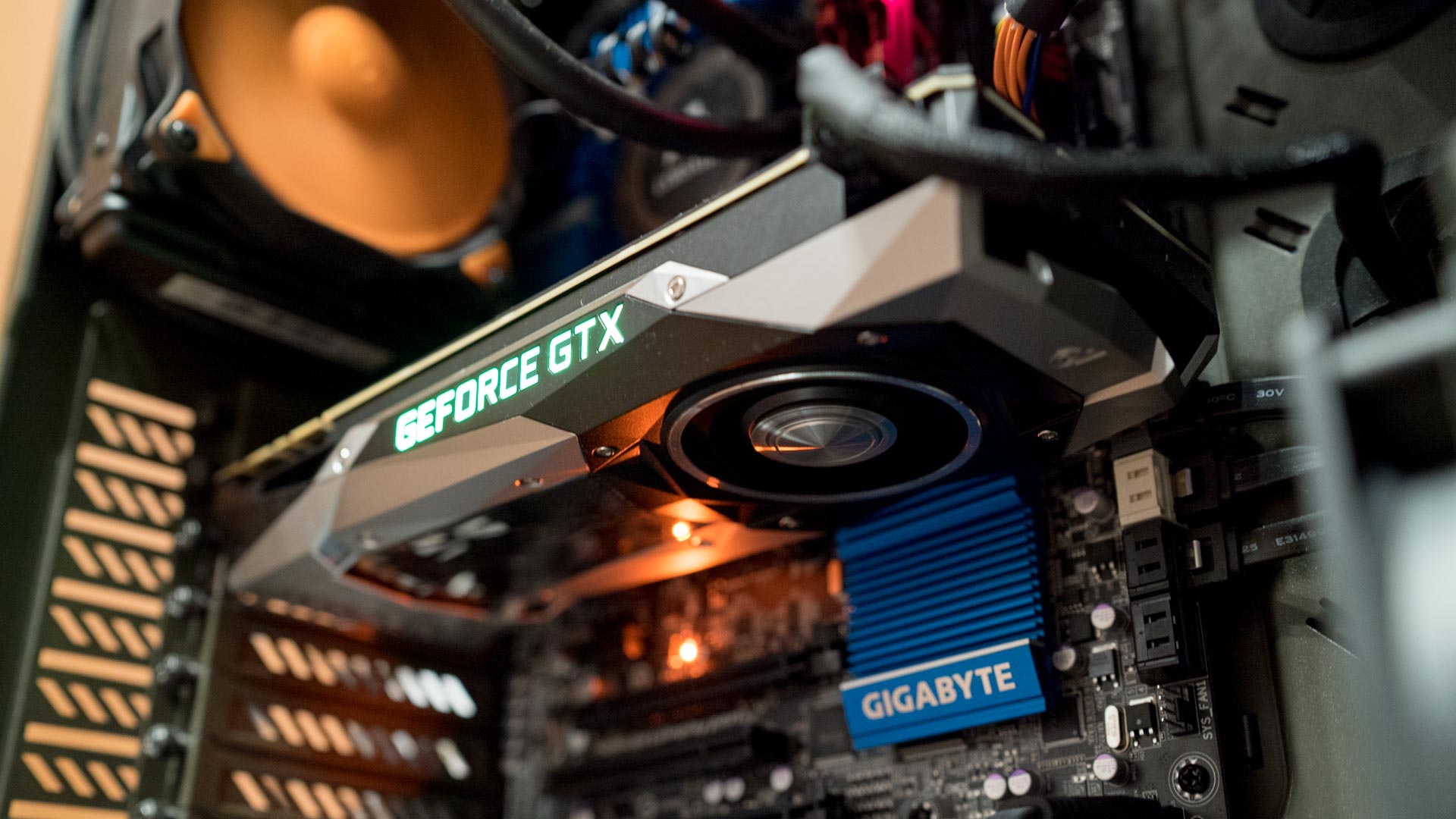
Nvidia has wowed the computing world with its new GeForce GTX 1080: a monster graphics card that promises a 30% performance increase over the last generation while reducing power consumption by 28%.
They're stunning numbers, but the GTX 1080 comes with another big headline figure: its launch price of £619 (around $898 or AUS$1,244) for the Founders Edition. That's a hefty premium for new technology, but not every gamer will need such mighty tech.
There's where Nvidia's GTX 1070 comes in. It's a cheaper card that's still going to serve up huge power – and it's on the way for a rumored price of below £300 (around £435 or AUS$602).
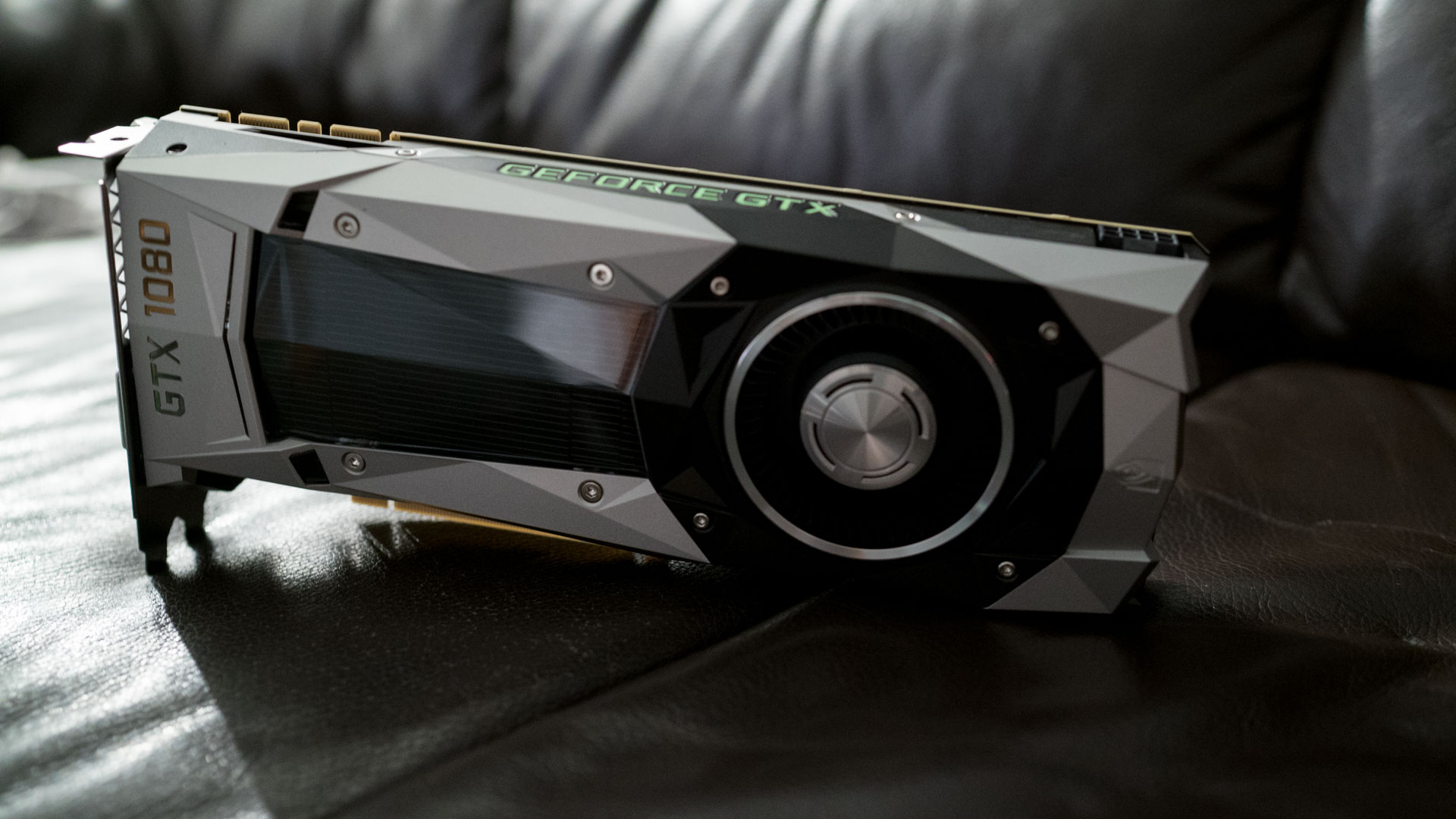
Specifications
That huge 30% performance improvement is delivered by Nvidia's new GPU and memory architectures.
The GTX 1080's GP104 GPU uses an architecture called Pascal, which makes improvements to each individual stream processor while switching to a manufacturing process called 16nm FinFET.
The 16nm FinFET processor is a huge leap forward over the 28nm process used for the last generation of cards. FinFET transistors aren't built on a single plane – instead, they use several fins – and use multiple gates, which means more hardware can be packed inside a GPU and, therefore, more work can get done.
The new process is far more efficient, which allows Nvidia to push the envelope. The GTX 1080 and GTX 1070 use a 314mm-squared die that's built with 7.2 billion transistors, while the GTX 980 and 970 used a 398mm-squared die with 5.2 billion transistors. In short, the GTX 1080 and 1070 do loads more with an awful lot less.
Get daily insight, inspiration and deals in your inbox
Sign up for breaking news, reviews, opinion, top tech deals, and more.
The GTX 1080 is built with 2,560 CUDA cores divided into 20 streaming multiprocessors – more than 500 than the GTX 980 could offer. The core is clocked to a mighty 1,607MHz with an average boost of 1,733MHz – both speeds that are miles beyond what any card in the previous generation could deliver.
Nvidia has super-charged Pascal's memory, too. It's deployed new GRRD5X RAM for its GTX 1080, which serves up a 10gbps data rate – 3gbps more than GDDR5. That improvement is paired with 8GB of 1,250MHz memory with a 256-bit bus.
Overall, the card delivers 320GB/s of memory bandwidth and 8.9 TFLOPS of floating point performance.
The GTX 1080 has an impressive specification – but what about the GTX 1070? It's got the same Pascal core as its bigger brother, albeit with minor downgrades.
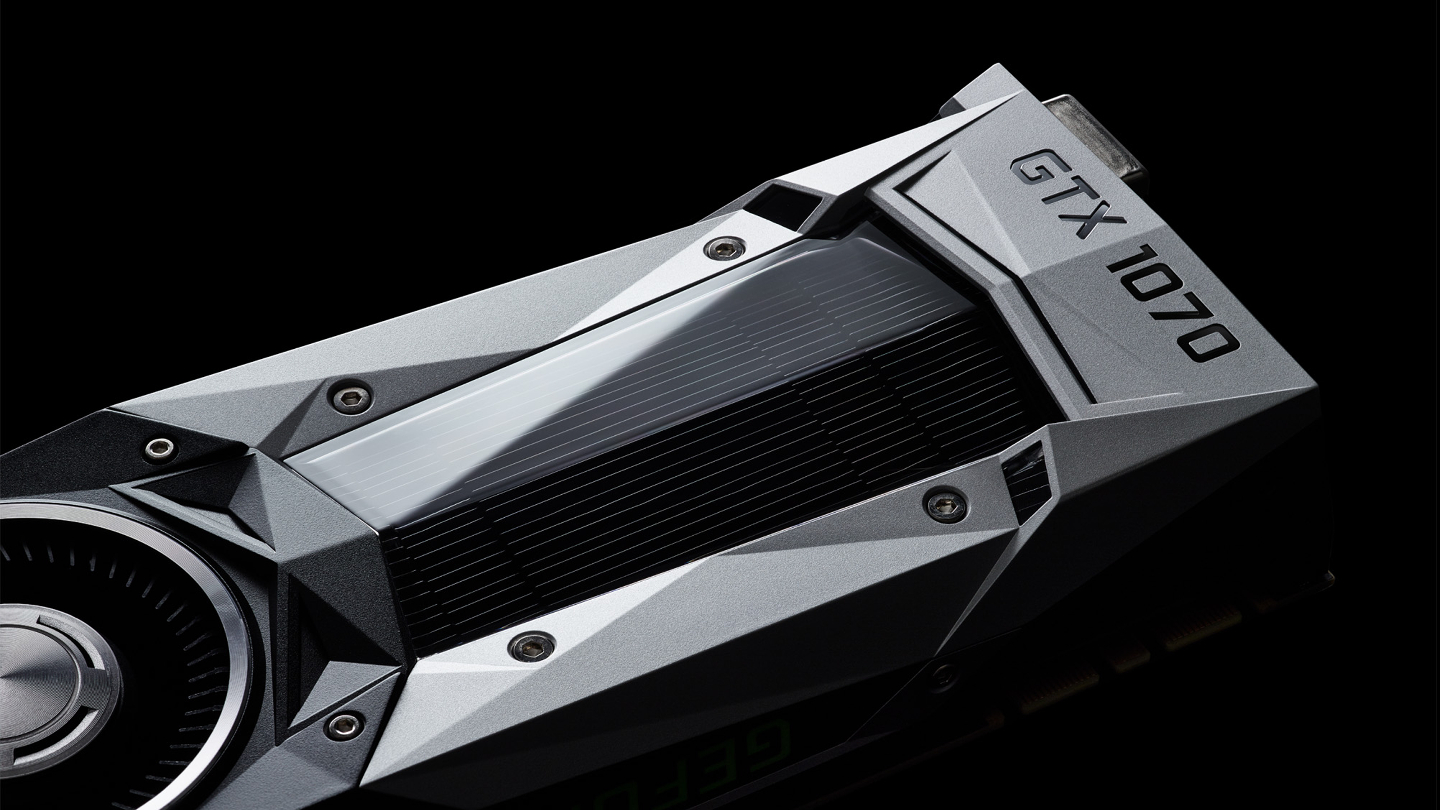
The GTX 1070 still has the 7.2 billion transistors in the GP104 core, but it's got 1,920 CUDA cores inside 15 streaming multiprocessors. The core and average boost clocks have been toned down a little, to 1,506MHz and 1,683MHz, but that's still far higher than anything in last year's range.
The cheaper 10-series card still gets 8GB of memory, but it's GDDR5 memory rather than GDDR5X. Nvidia has given the older memory a faster 2,000MHz clock, but it's still unable to match GDDR5X – it tops out at a bandwidth level of 256GB/s.
The GTX 1070's floating point performance level of 6.46 TFLOPS is behind the 9 TFLOP figure of the GTX 1080, but both of those are formidable numbers. The GTX 980 topped out at 4.61 TFLOPS and the GTX 980 Ti managed 5.6 TFLOPS. Even the GTX Titan X, the big beast from last year's range, could only manage 6.1 TFLOPS.
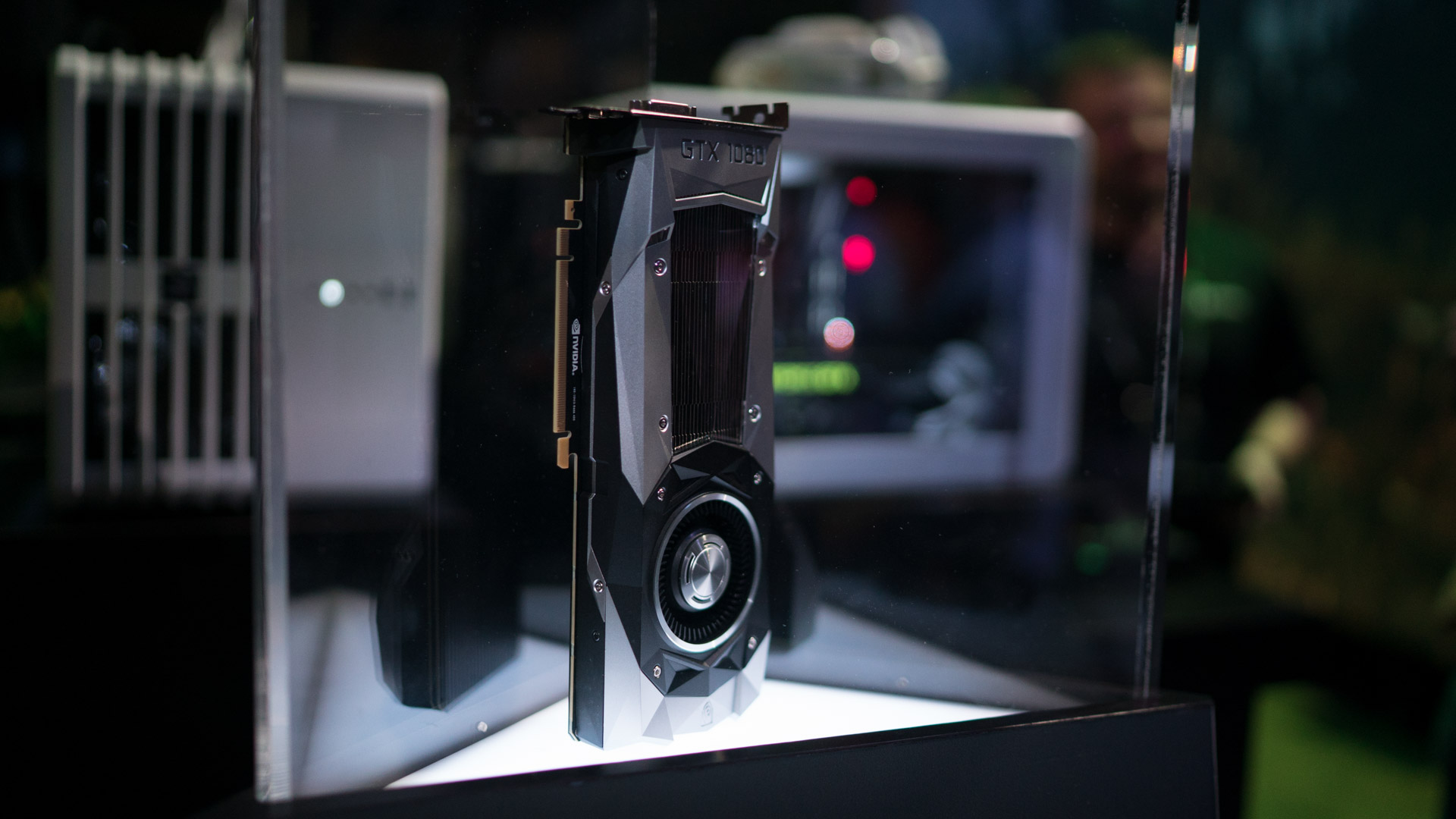
Features
Nvidia hasn't just made sure that Pascal blows away older cards in benchmarks – it's kitted out the new core with loads of features. And because the GTX 1080 and GTX 1070 both use the same GP104, it means both cards get full access.
One of the biggest deals is the fourth version of Nvidia's Polymorph Engine. It's got a new feature called Simultaneous Multi-Projection – and, while that may sound a little dry, it's actually huge.
It's a new system designed to benefit a range of high-end scenarios, from VR to multi-monitor rigs and stereo 3D rendering. The system condenses geometry workloads and mimics the curvature of screens and lenses to make sure the GPU isn't rendering unnecessary pixels – therefore making its workload more efficient. It's a great feature that raises the bar for a whole range of high-end gaming scenarios.
Nvidia has updated its media codecs to ensure that they support 12-bit and 10-bit decode alongside 10-bit encode, and GPU Boost 3.0 goes beyond the core's prescribed limits to scan the card' voltage and temperature to figure out just exactly how far the clock can be pushed.
There's also something called Asynchronous Computing, which governs how the GPU and CPU interact. Older cards would work on a static load alongside the CPU, but now the 1080 can take work away from the processor if it's got some spare stream processors – and the GPU can punt workloads to the processor, too.
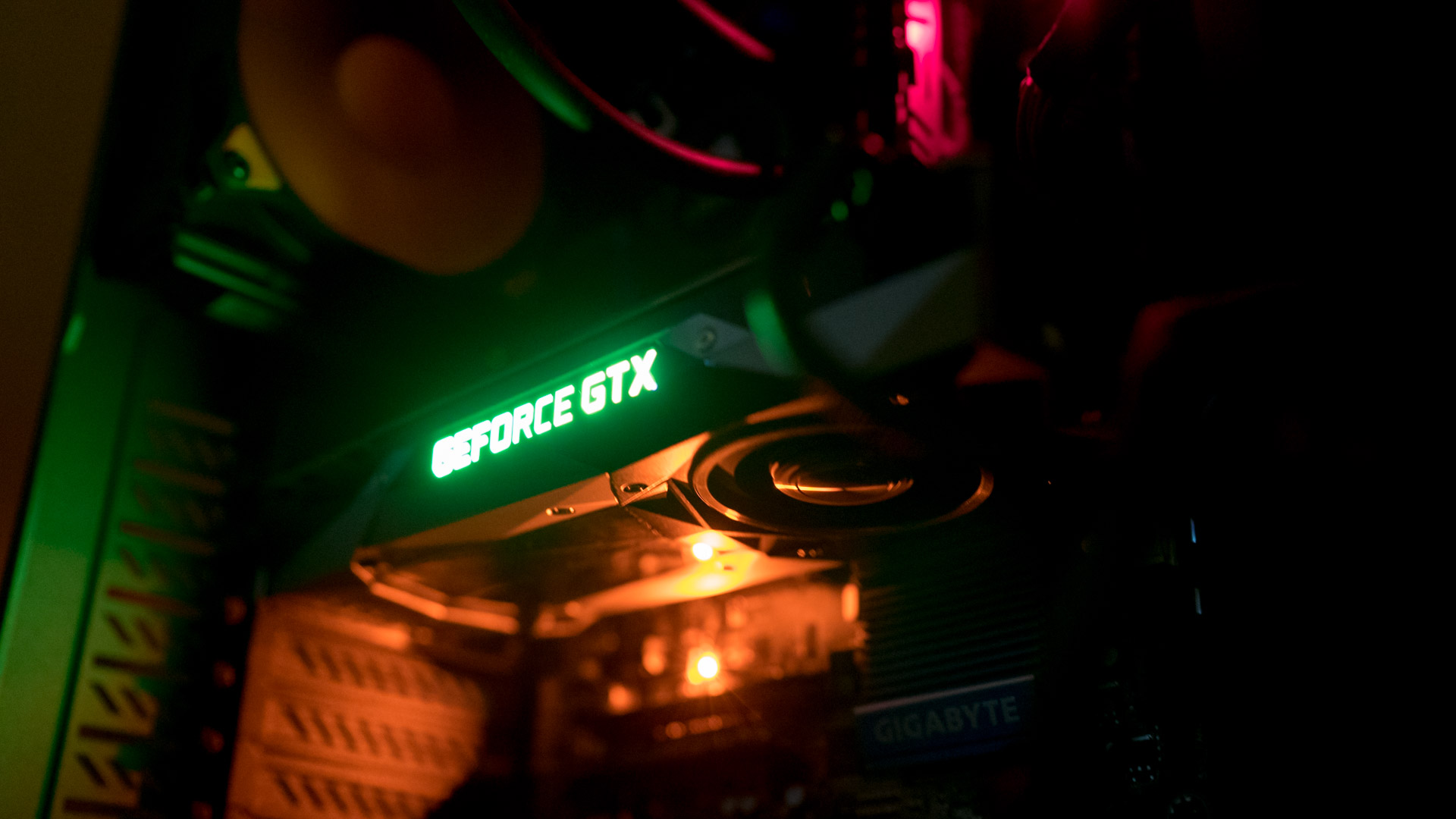
Potential performance
We've already run some benchmarks on the GTX 1080 ahead of our full review, and it's fair to say that Nvidia's latest card gets off to an impressive start.
In 3D Mark's Fire Strike test the GTX 1080 scored a monster 16,336 – while last year's GTX 980 Ti could only score 13,646 points. Nvidia's latest card was faster in PC Mark 8's Home test, too.
The GTX 1080 also proved its early form in games tests. In Grand Theft Auto V's Ultra benchmark its 66 fps result was thirteen frames behind the GTX 980 Ti, and it romped to 107 fps in The Division – miles beyond the 85 fps of the GTX 980 Ti.
Other benchmarks suggest that the GTX 1080 is hugely quick – and that, in many games, Nvidia's claims of 30% performance leaps aren't wide of the mark, and that Nvidia's latest is still miles ahead even if it doesn't match that particular boast. That goes for every resolution, too: the GTX 1080 blows 1080p and 1440p tests out of the water, and it's got the sheer grunt to blitz 4K games too.
The GTX 1070 will likely be close on the GTX 1080's coat-tails. Despite its cut-down specification the cheaper Pascal card will easily handle any game at 1080p and 1440p, and it'll probably run most games at 4K without dipping below 30fps too.
That's good news for conventional gamers, and it's good news for other situations: it means the 1080 and 1070 will run VR headsets, widescreen monitors and multi-monitors setups as well.
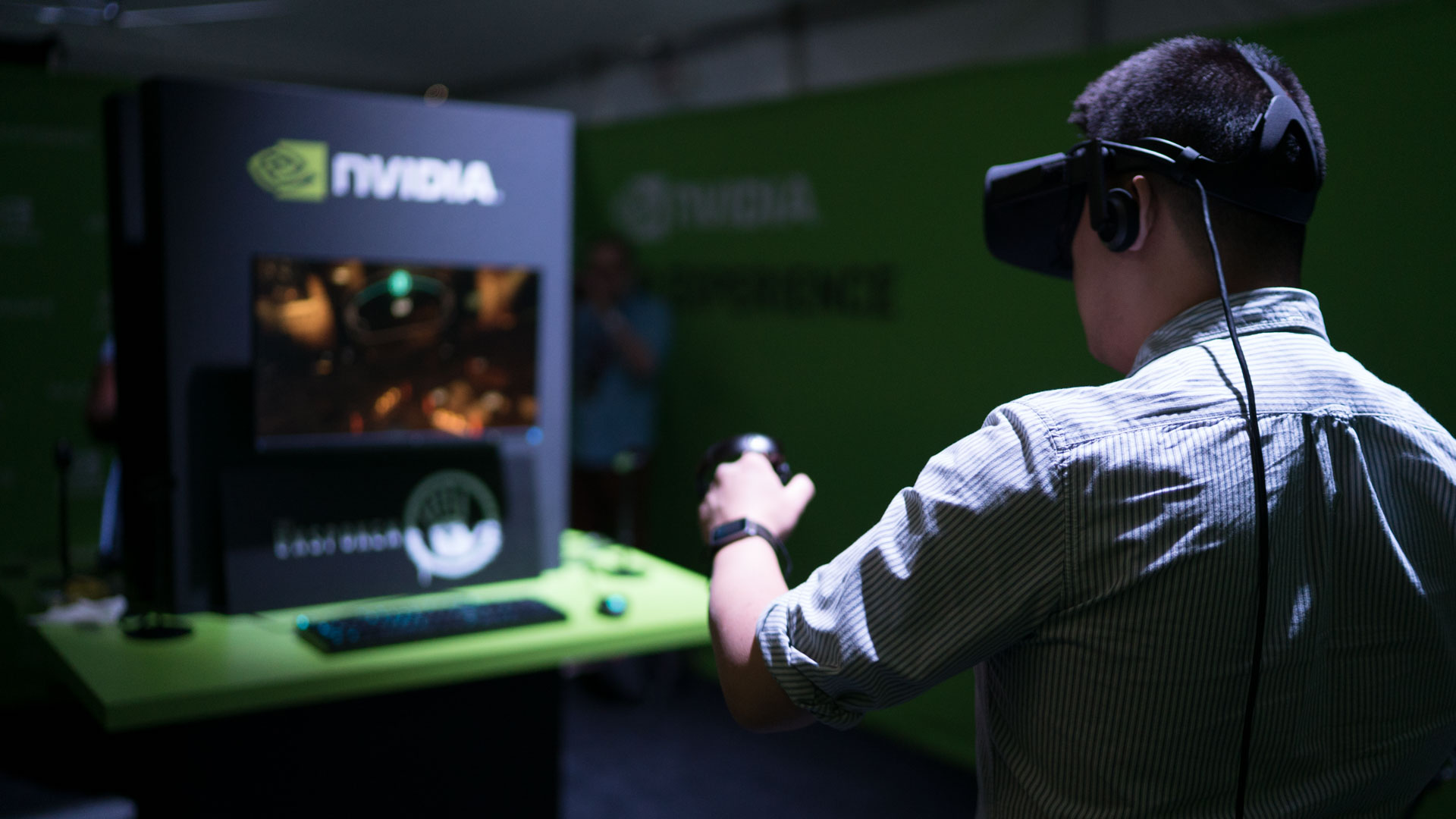
Power and heat
These monster cards also manage to bring down power requirements when compared to previous GPUs. Both only require single eight-pin power connectors, which is remarkable. The GTX 1080's TDP of 180W is 30W higher than the GTX 1070, and both are lower than the 250W TDP of the GTX 980 Ti and Titan X.
That doesn't just bode well for the electricity bill. A more efficient core that generates less heat means that Nvidia's thermal hardware doesn't have to work as hard – which means the temperatures and noise outputs are both reduced.
That means PC gaming can be quieter, and it means it's easier to put a GTX 1080 or GTX 1070 inside a smaller rig, or alongside another card in a multi-GPU setup.
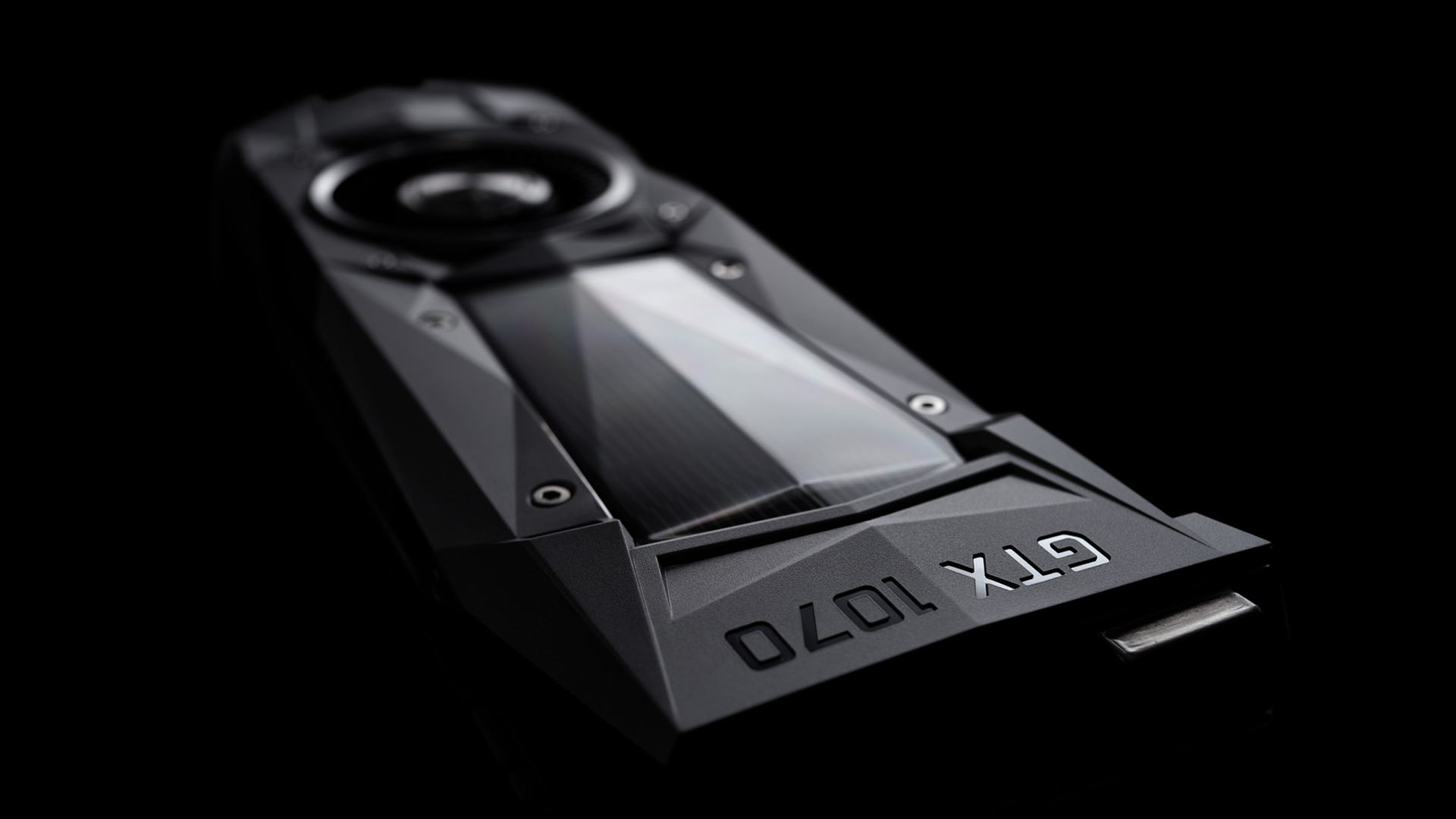
The future
Both of Nvidia's new cards are going to be sold as "Founder's Edition" units. That's just a new name for Nvidia's reference cards, which have previously been made available to the media – or just sold as entry-level editions by board partners.
Now, though, the Founder's Editions come with a mark-up of around £169 (around £245 or AUS$334) over the likely board partner price of £450 (around $652 or AUS$903) . That's a tough sell, to be honest: while you do get Nvidia's sturdy, stunning design and its excellent thermal performance, that's it. It's an early adopter tax, in essence – an extra price to pay for the kudos of being first.
Thankfully, Nvidia's board partners will soon be flooding the market with cards. They'll have different cooling setups and ambitious overclocks, so consumers won't be short on choice.
The huge performance improvements demonstrated by the GTX 1080 and GTX 1070 bode well for the rest of the 10-series range, too. We don't know about the GTX 1060 and beyond yet, but more affordable Pascal-powered cores will likely handle 1080p and 1440p gaming with more aplomb than ever. And let's not forget Nvidia's Titan X and Ti-edition cards – we wouldn't be surprised if even more powerful Pascal GPUs emerged, either.
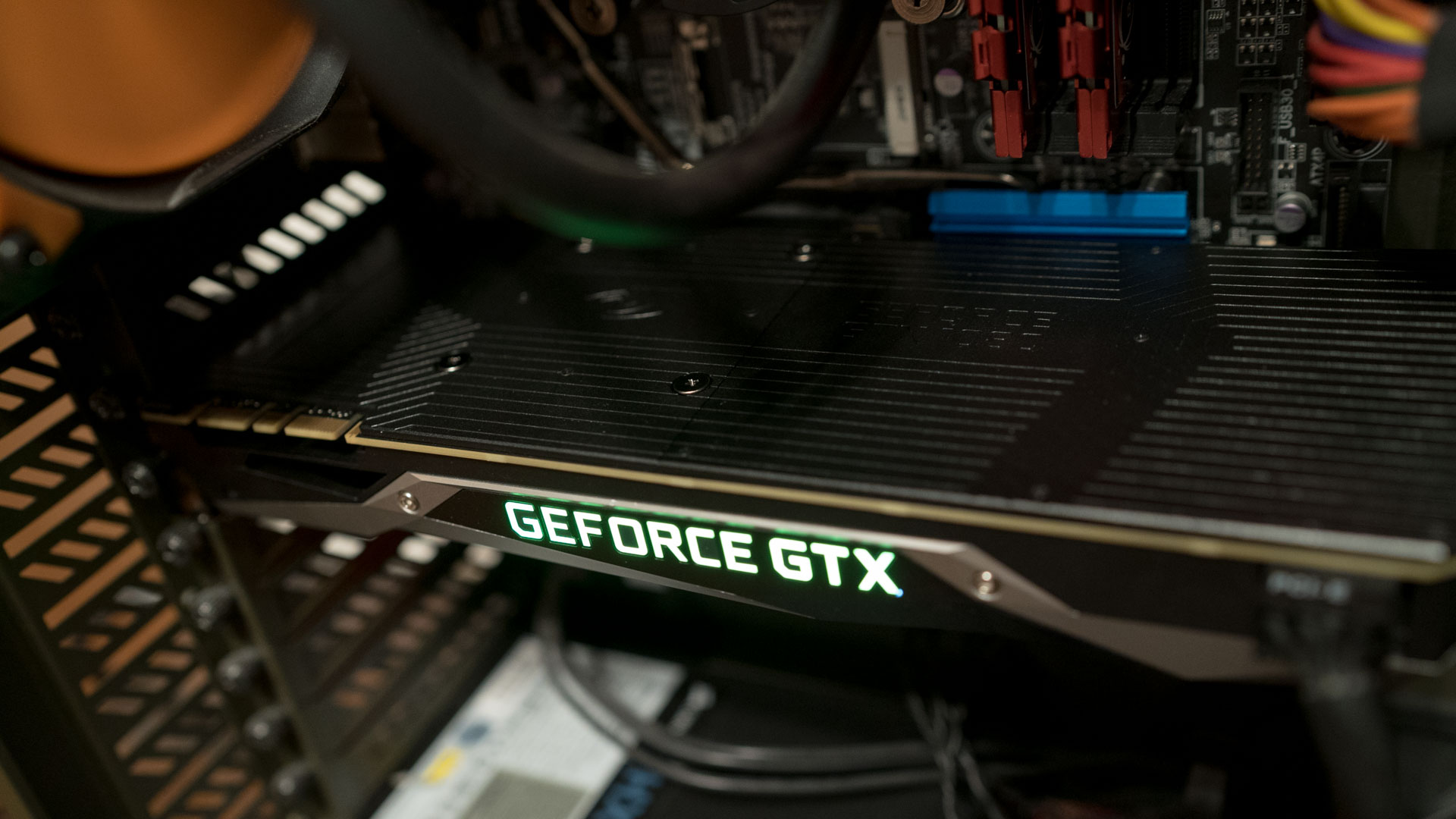
Verdict
There's a lot to like about Nvidia's latest GPUs. The Pascal architecture serves up numerous performance efficiency improvements, and the move to a new manufacturing process makes the whole GPU far more efficient. Nvidia has added several tasty features on top.
As for the GTX 1080 and GTX 1070? They're both excellent, but they're both different too. The GTX 1080 is the fastest gaming GPU in the world, which makes it perfect for uncompromising high-end situations. If the price is too high or you just don't need that power, though, wait for the GTX 1070 – it's a little more affordable and it's still going to be an absolute beast.
Mike has worked as a technology journalist for more than a decade and has written for most of the UK’s big technology titles alongside numerous global outlets. He loves PCs, laptops and any new hardware, and covers everything from the latest business trends to high-end gaming gear.